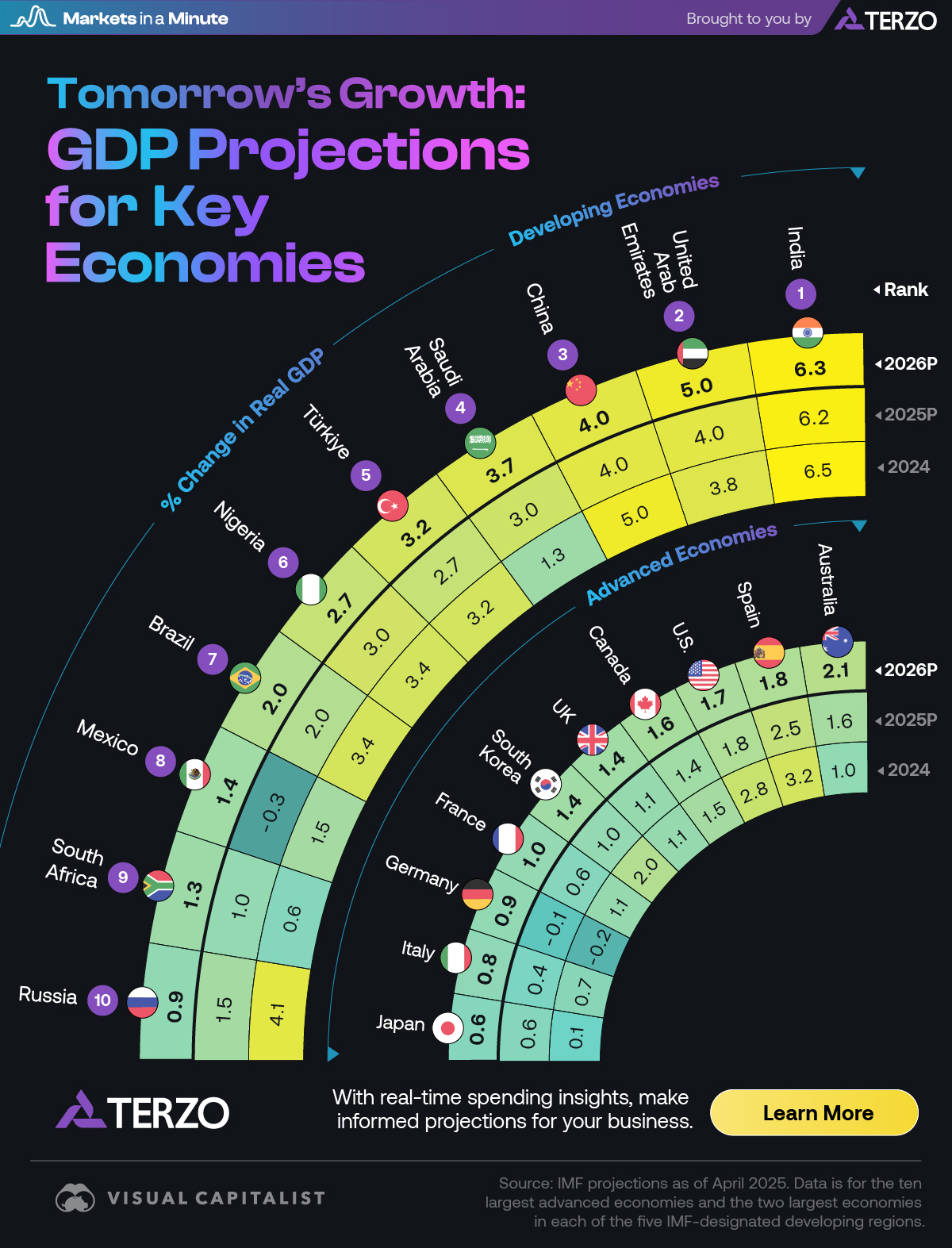
Key economic indicators
Key economic indicators
The discussion below refers to four selected indicators: number of enterprises, number of persons employed, net turnover and value added – firstly at EU level, secondly at country level.
- In 2021, almost one in ten enterprises in the EU non-financial business economy belonged to the tourism industries (see Table 1, Table 2). These 2.4 million enterprises employed 11.3 million persons, accounting for 8.6 % of the persons employed in the non-financial business economy and 20.5 % of persons employed in the services sector.
- The tourism industries’ shares of net turnover and value added were relatively lower, with the tourism industries accounting for 2.5 % of the net turnover and 4.2 % of the value added of the non-financial business economy. These figures very likely reflect – among other explanations – the higher share of micro, small and medium-sized enterprises and the level of part-time employment in many tourism industries.
Analysis by subsectors
Three out of four enterprises in the tourism industries operated in accommodation (NACE I55) or food and beverage serving activities (NACE I56): 15 % and 60 %, respectively (see Table 1, Table 2, Figure 2). Looking at the number of persons employed, the weight of these activities was 79 % persons employed in the tourism industries. However, in terms of net turnover and value added, their share was much lower (56 % and 58 %, respectively).
Geographical analysis
More than half (56 %) of the 2.4 million enterprises in the tourism industries in the EU in 2021, were located in four Member States: 371 000 in Italy, 359 000 in Spain and France, each and 246 000 in Germany (see Table 4).
Infra-annual analysis
The above analysis was based on structural business statistics (SBS). While SBS is a rich and comprehensive source of information on European businesses, these statistics are only provided annually. Compared with other sectors of the economy, the tourism sector has a relatively strong seasonal component, hence the need to look at infra-annual data to complete the analysis. Short-term business statistics provide monthly and quarterly indices for a subset of tourism industries. For the analysis in this article, an aggregate was created including NACE divisions H51 (Air travel), I55 (Accommodation) and N79 (Travel agency, tour operator and other reservation service and related activities).
Data sources
Structural business statistics (SBS) are a main component of business statistics in the European Statistical System (ESS) and describe the structure, main characteristics and performance of economic activities across the European Union. Data is available at a detailed level of economic activities, which allow for the identification and selection of industries that are part of the tourism sector. According to the International Recommendations for Tourism Statistics 2008 the tourism sector (also: ‘tourism industries’ or ‘tourism characteristic activities’) includes ten internationally comparable activities and two country-specific activities – this article focuses on the former. An overview of these activities (and the corresponding codes in the international classifications ISIC and NACE) is given in Table 8. All these activities are covered by SBS, except for culture, sports and recreation.
Source data for tables and graphs
Context
Following its communication “A new industrial strategy for Europe” (March 2020), the Commission will systematically analyse the risks and needs of different industrial ecosystems. The notion of ecosystem captures the complex set of interlinkages among sectors and firms spreading across countries in the Single Market. Ecosystems encompass all players operating in a value chain: from the smallest start-ups to the largest companies, from academia to research, together with the forces that shape the market environment in which they operate.
Tourism is one of the 14 ecosystems identified, each with its own set of sectors that should cover the entire economic industrial landscape. The tourism ecosystem is a network of globalised and interconnected value chains of both online and offline tourism services providers, where small companies operate along with large multinational corporations.
The green transformation of industry supported by the Strategy will reduce the environmental footprint of our industrial activities and empower industry to provide effective solutions for the societal challenges of the future such as sustainable tourism.
Tourism statistics focus on the accommodation sector on the one hand and the demand side (from households) on the other hand. ec.europa.eu

Join us, as fellow seekers of change, on a transformative journey at https://sdgtalks.ai/welcome, where you can become a member and actively contribute to shaping a brighter future.






